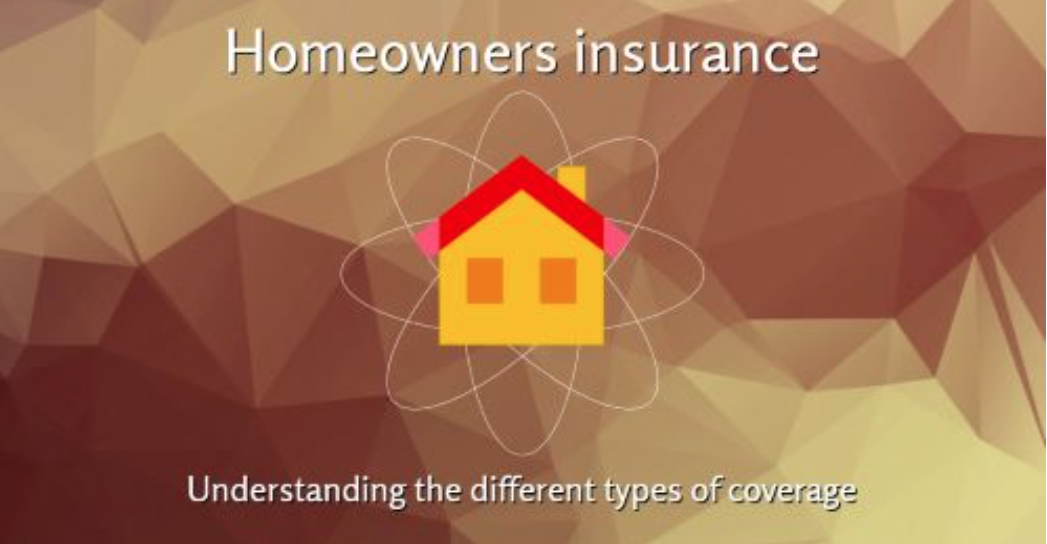Last updated on October 29th, 2024 at 03:57 am
Last Updated on October 29, 2024 by
With all the different types of homeowners insurance, the process of choosing a policy can be confusing.
To help, here’s a basic guide to some major types of insurance policies.
What is an HO-1 home insurance policy?
HO-1 insurance is the simplest of policies offered. It only covers your home structure and a few home features.
It also covers attached structures such as garages and patios. This policy offers funding in the case of storms, fire, wind damage, theft and a few other peril categories. Usually wind and hail coverage is a separate policy or a separate part of the homeowner’s policy.
HO-1 insurance doesn’t cover personal belongings, however. So if your computer or furniture is damaged during a storm, replacement cost would need to be covered by another policy.
What is an HO-2 (broad form) home insurance policy?
An HO-2 insurance policy offers a wider range of coverage. It provides financial security to home structure and personal property.
What are HO-3 (special form) home insurance policies?
An HO-3 home insurance policy is the most common homeowners insurance type. In addition to coverages seen with HO-1 and HO-2 policies, it covers additional items. These include liability, payments for medical bills, and living expense stipends.
If someone is hurt on your property, the liability coverage kicks in. This is true of medical expenses for individuals who are harmed on your property.
What is HO-4 (contents only) Renters Insurance?
HO-4 is a policy offering protection to the personal property of individuals renting a space. It is not technically a homeowners insurance policy, but important for renters to have. Renters may think their personal property is covered under the owner’s policy but this is not true. If there is a fire and the renter’s furniture is damaged there is zero coverage available unless they purchased a renter’s policy.
Consider your home needs when purchasing homeowners insurance. Protect your property and belongings with the right insurance. Your insurance broker will advise of choices in creating a policy. The value of personal property for example is your decision.
Don’t be concerned about the value of the house that is assigned. Insurance agencies are only concerned with the replacement value. If you bought a house for $300,000 and it is going to be insured for $400,000 that’s because of the higher cost of materials and labor to rebuild or repair.
Cost of insurance
Your policy is based in large part on the replacement value of your house. It is also based upon your personal credit score and the history of the house. If your credit score is for example 600, it will cost you more than if you had an 800 score.
There are things you can do to reduce the cost of your homeowner’s insurance. One key thing you can do is to install a whole house surge protector. This device is intended to reduce damage to larger appliances when lightning strikes nearby. This device can also help to prevent fires in the event of a power surge. Read this article.
If your house has had claims in the past, this will increase your cost even if you were not the owner at the time. Read this article for more




